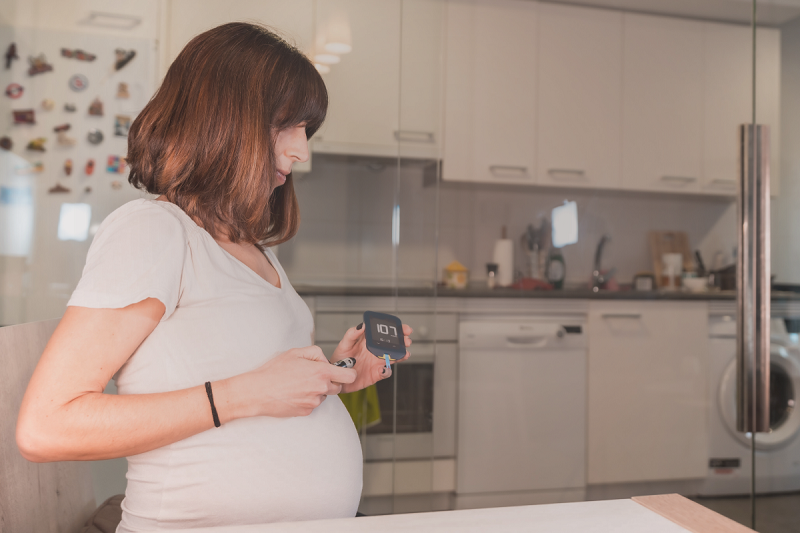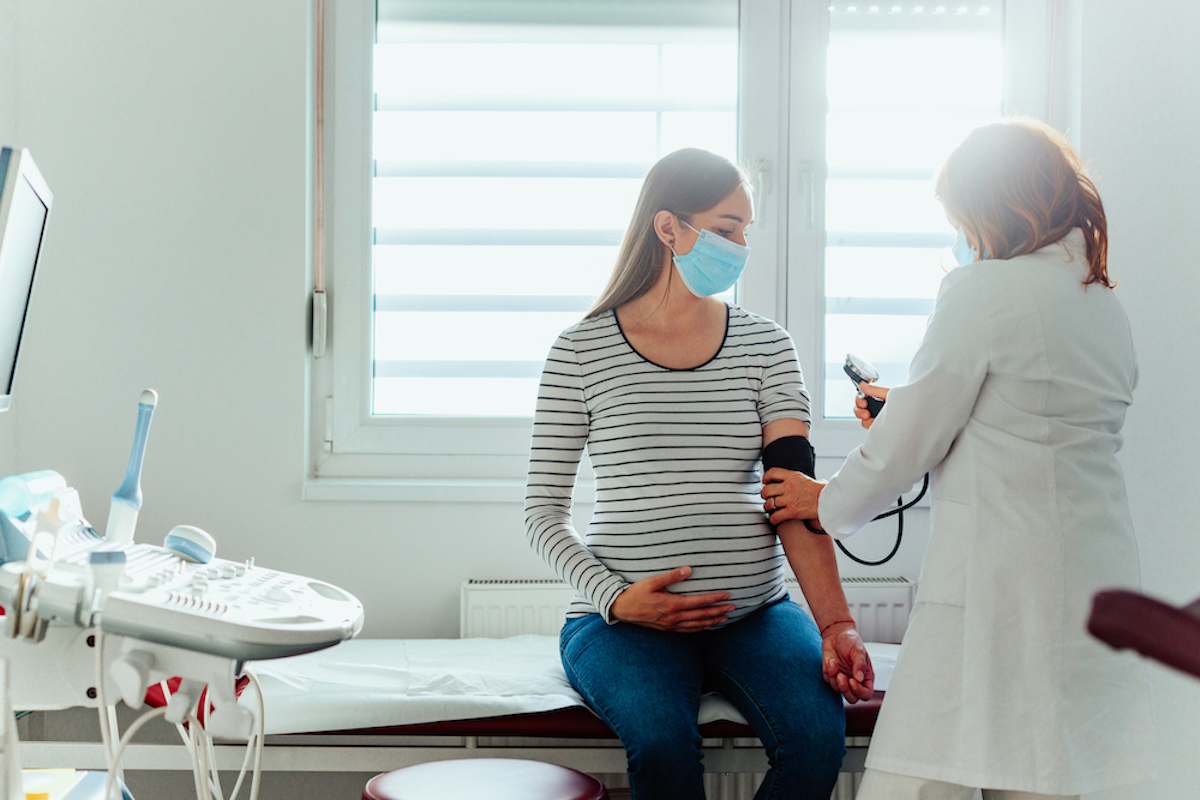I’m wondering if you can demystify glucose testing for gestational diabetes. I had my one-hour glucose challenge test and was told my result (132 mg/dL) is above the normal range, so I had to go back in for the three-hour test after fasting all night. Drinking the glucola on an empty stomach after having my blood drawn did not go well, and I threw up violently about an hour into the three-hour test, so they sent me home and I have to try again next week (and take another half-day off work).
What is a normal result for the one-hour test? Is the three-hour test overprescribed? My doctor uses a threshold of 130 mg/dL, but I have seen many other medical sources online saying the cutoff is 140 for the one-hour test.
Also, is it common to have nausea/vomiting with the three-hour test? Seems to me it would be pretty common given the test requires fasting, followed by a blood draw, then an extremely sugary (and disgusting) drink and three more hours of blood draws before you can eat anything. Finally, are there any reliable alternatives to the three-hour test?
—Desperate to Ditch the Glucola
I have such visceral memories of this test and am so sorry you had to do it again (and again).
There are at least two reasons there is so much screening for gestational diabetes. One is that it’s common — about 7% of pregnancies. But the other is that we have good ways to control it. Leaving a case undiagnosed, and therefore untreated, feels very wrong. We could have fixed that!

The downside of this fairly aggressive screening is that we identify many women who are at risk during the one-hour screen who end up testing negative at the three-hour screen. This is a false- positive test result. The lower the cutoff, the more false positives there are. This paper gives a sense of the size of these effects.
I applied a little Bayes’ rule. When the cutoff is 130, you’d expect only about 25% of positive results to actually be confirmed by a three-hour test. When the cutoff is 140, it’s more like 45%. The flip side of this is that at a cutoff of 130, more or less all gestational diabetes cases are detected; at a cutoff of 140, it’s closer to 90%.
The American College of Obstetricians and Gynecologists, the national organization that sets guidelines about this, suggests that cutoffs of 130, 135, or 140 could all be used. Your doctor has chosen a conservative cutoff — which comes with a higher chance of detection but more false positives. Your chance of actually having gestational diabetes, given what we know here, is about 25%.
I am not aware of any data on what share of women vomit after the three-hour test, but it is not uncommon, for exactly the reasons you describe.
One final thought: If it proves impossible to keep down the glucose solution, it might be worth asking your doctor if there is an alternative where you monitor your blood sugar for a week. This is not a standard approach, but it is one I know some doctors will consider if glucose testing isn’t possible to do.
Community Guidelines
















Log in